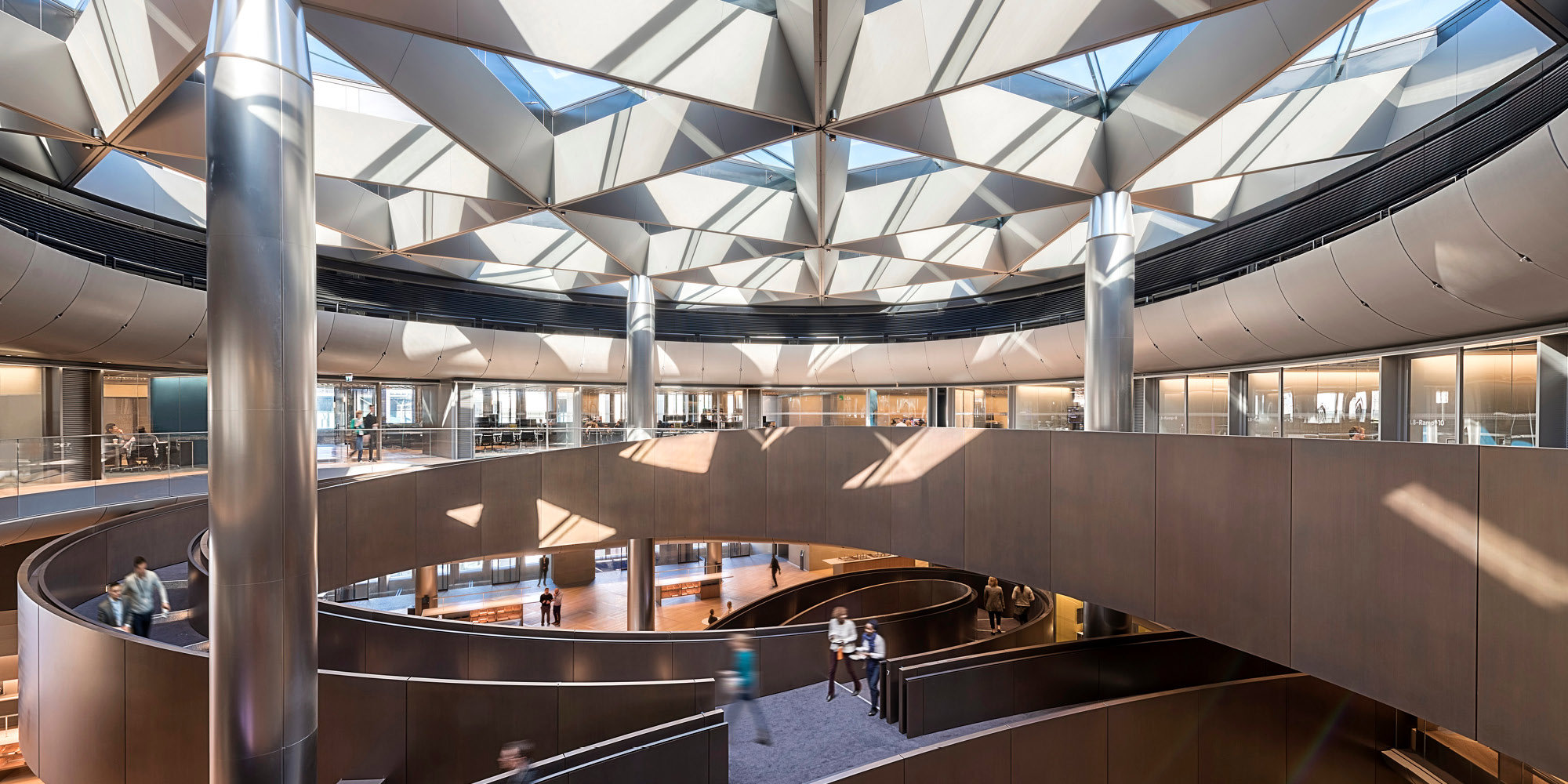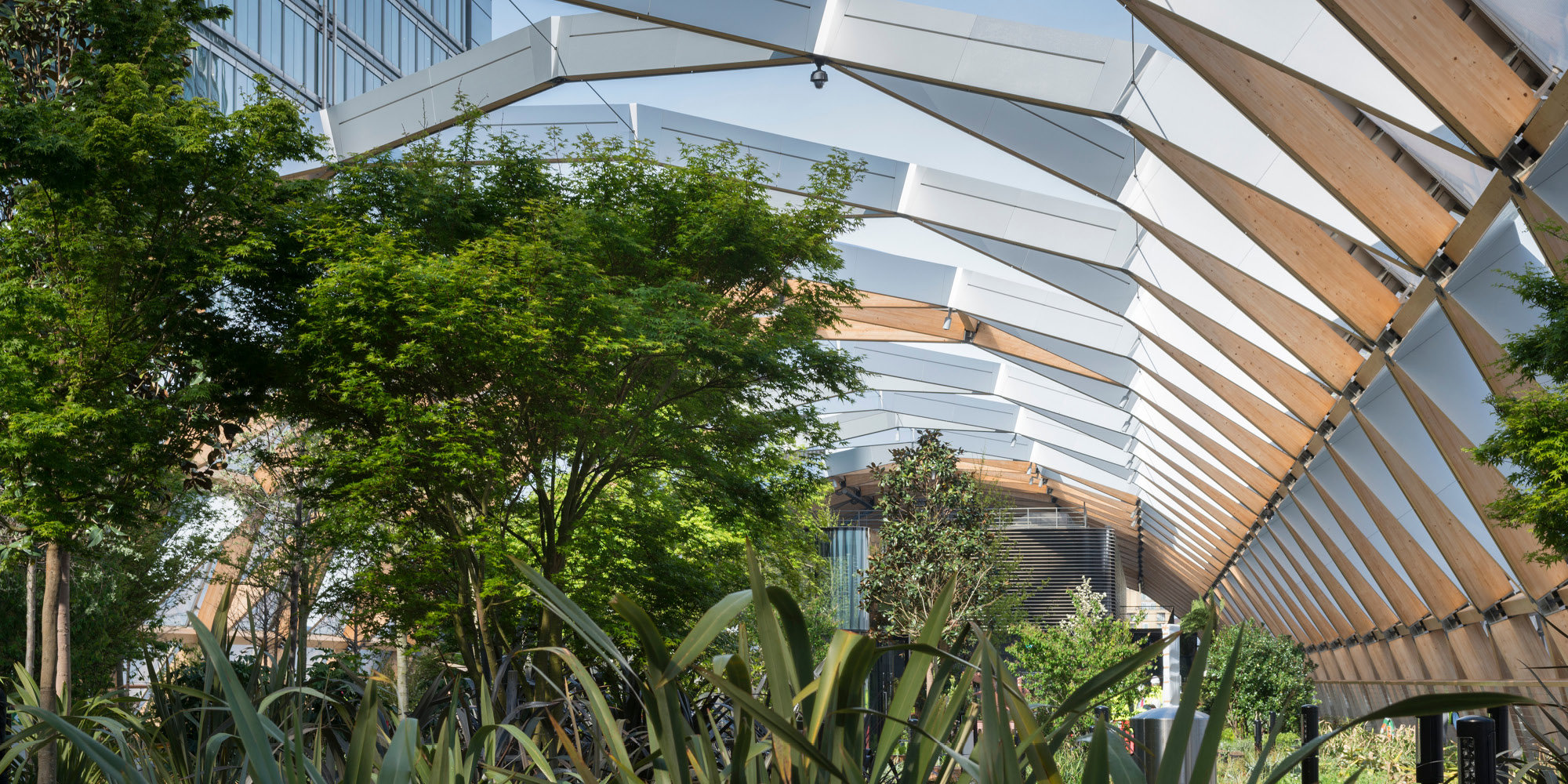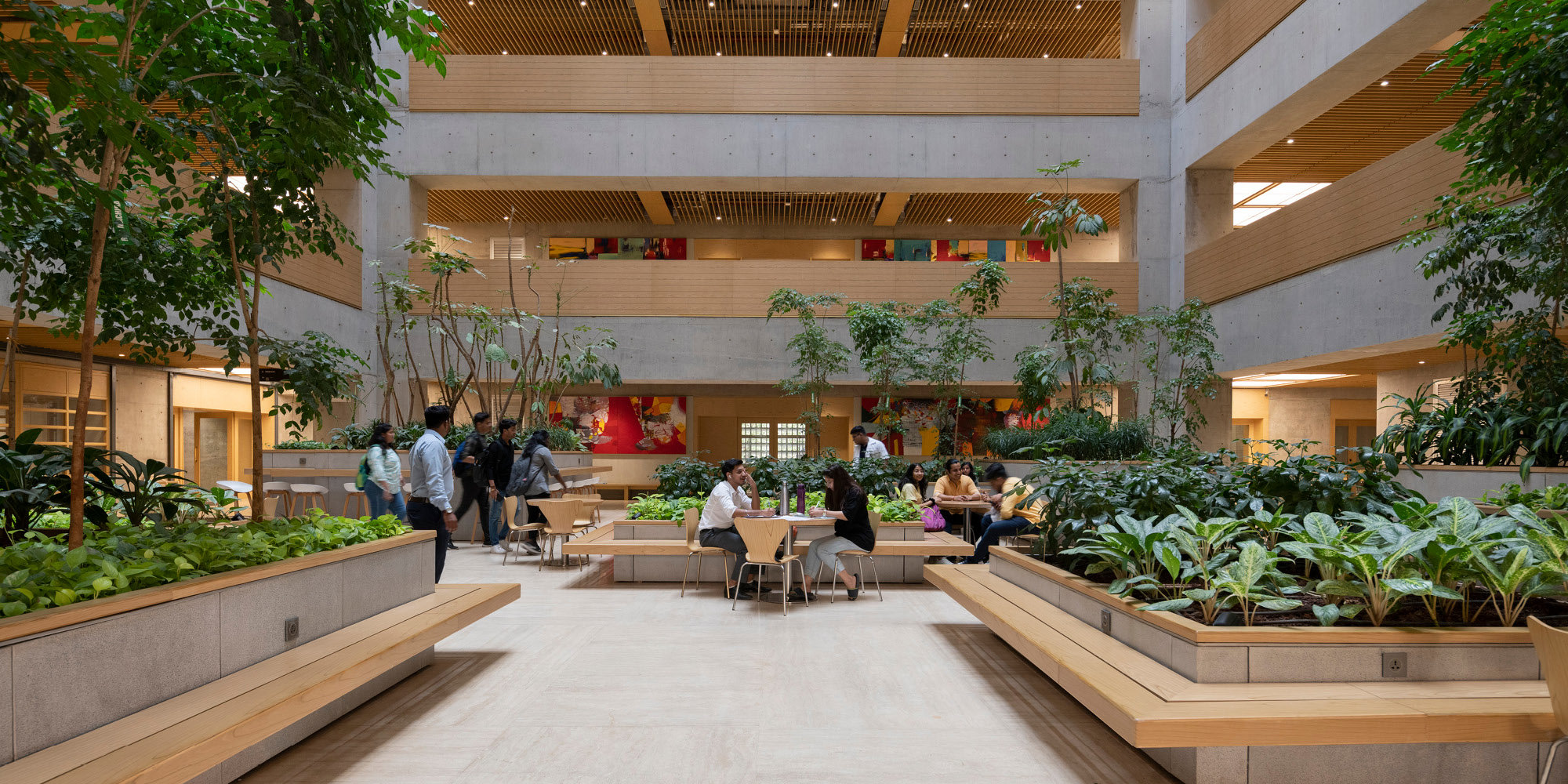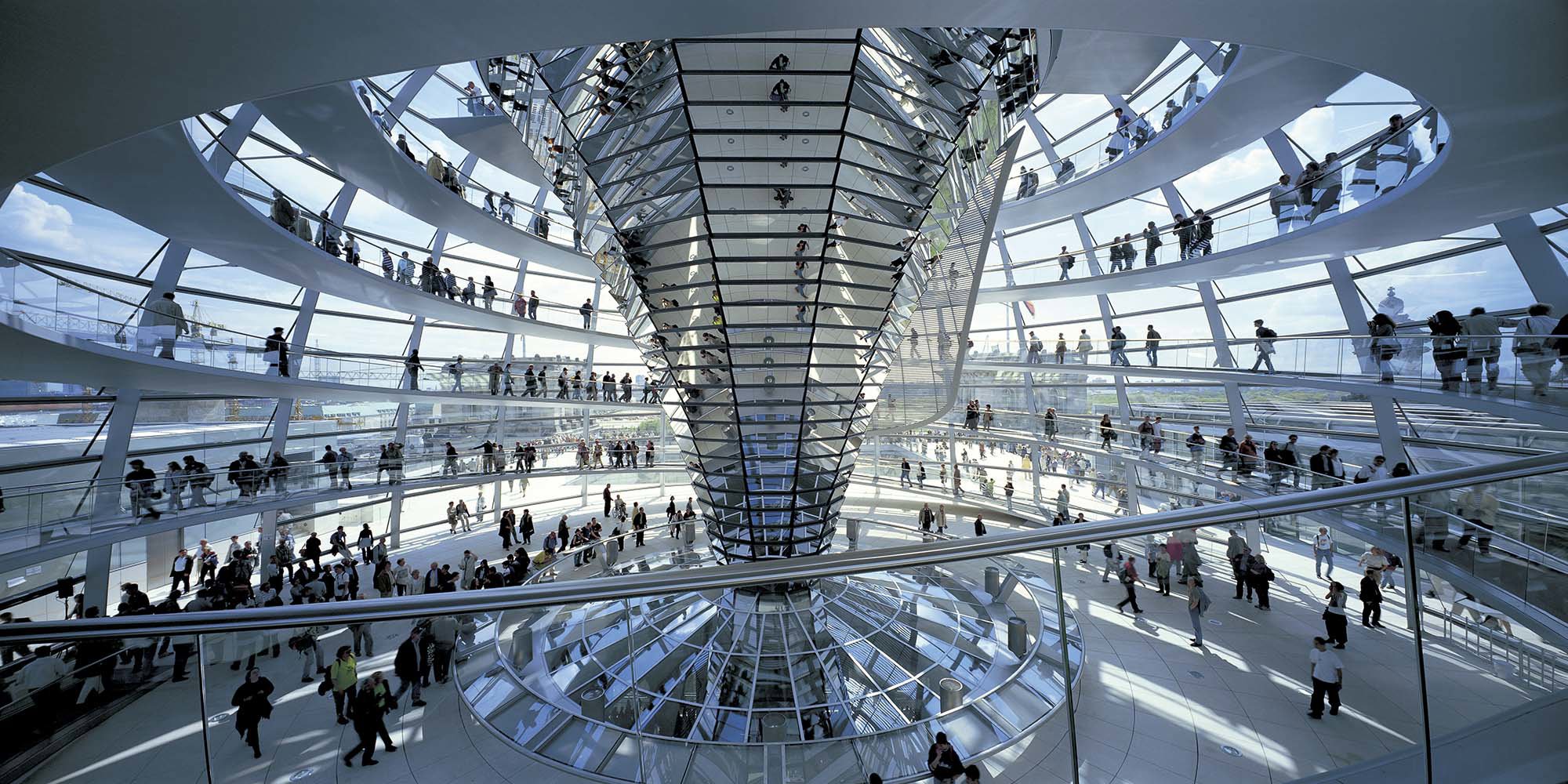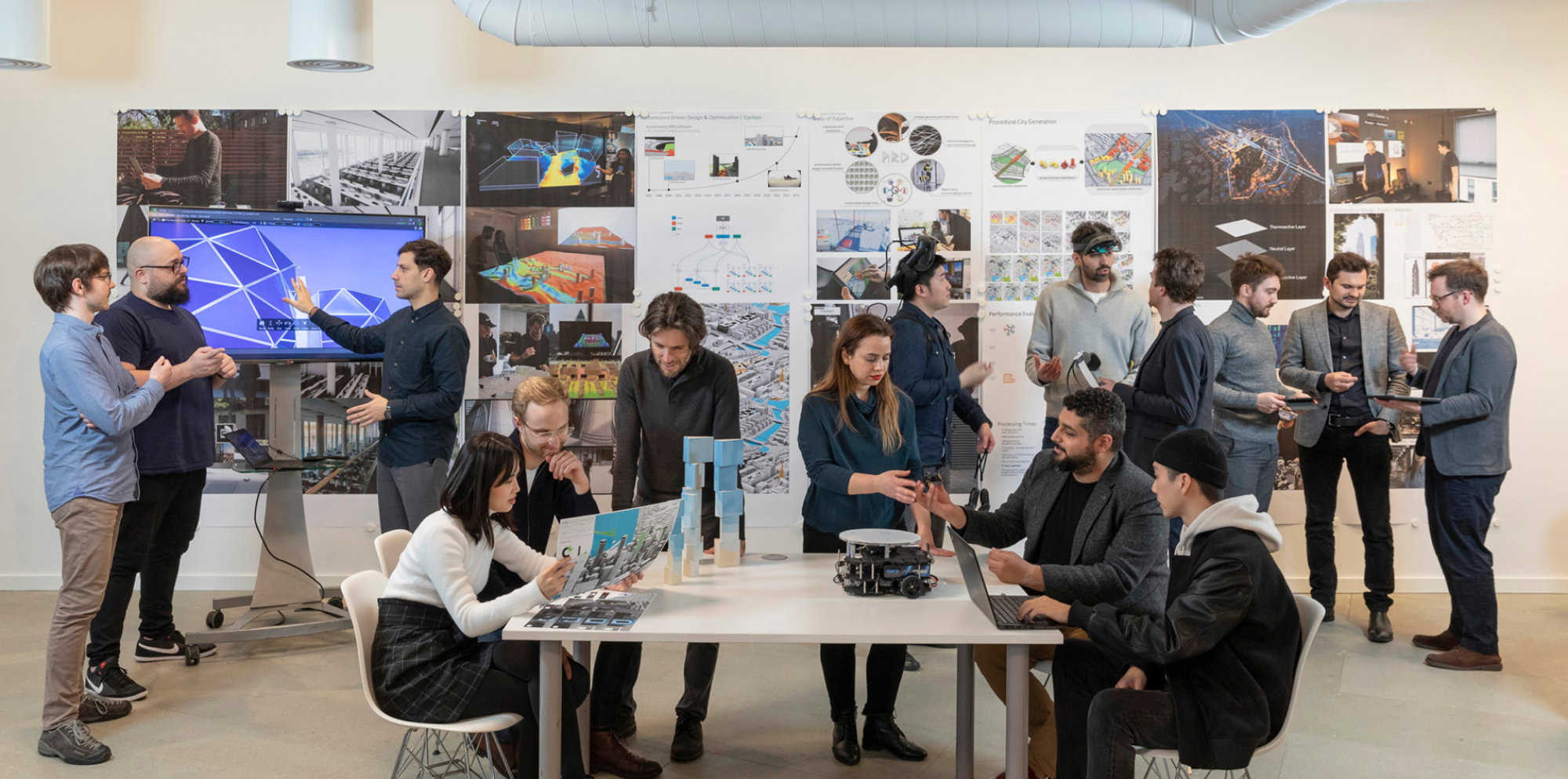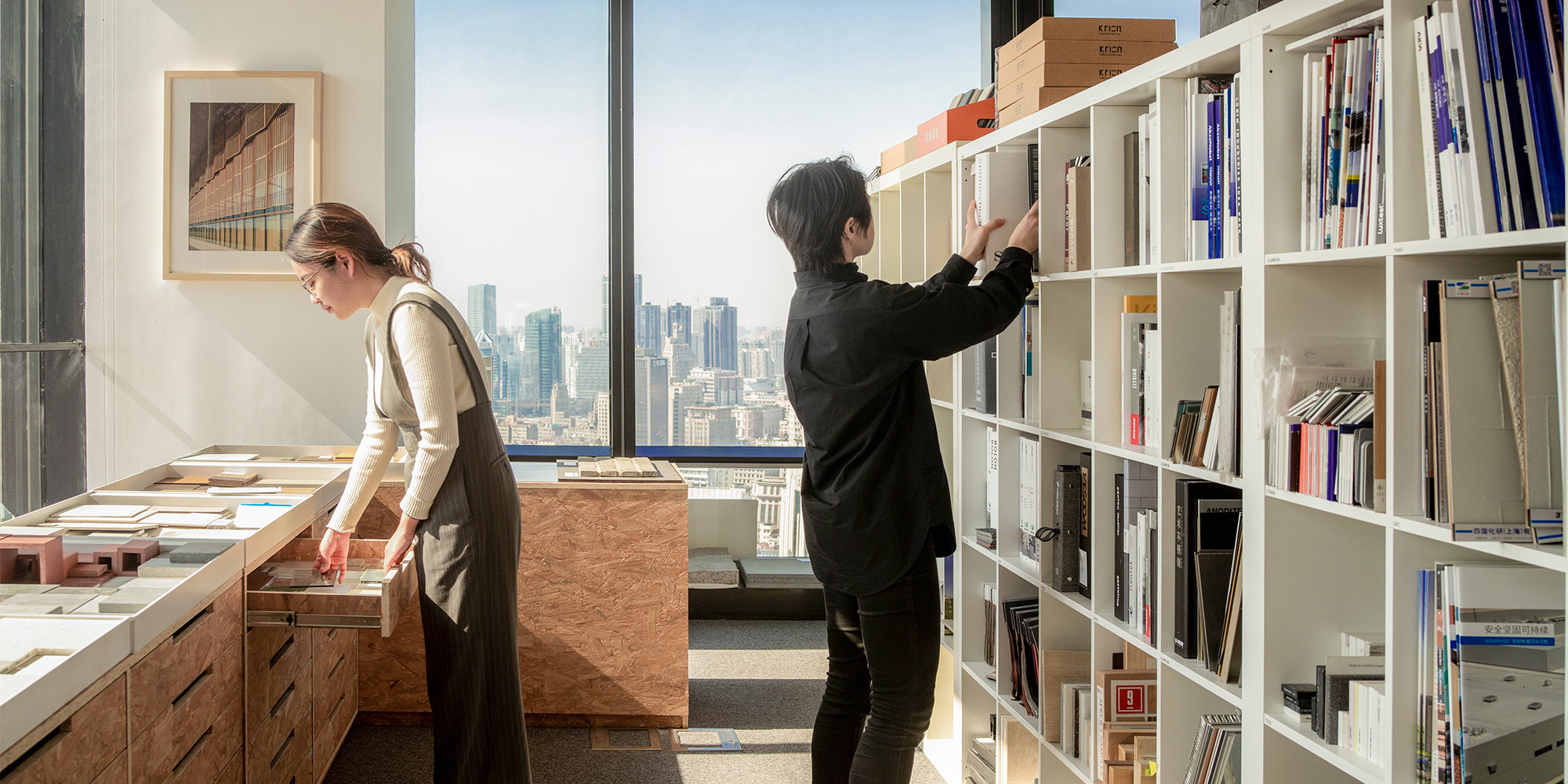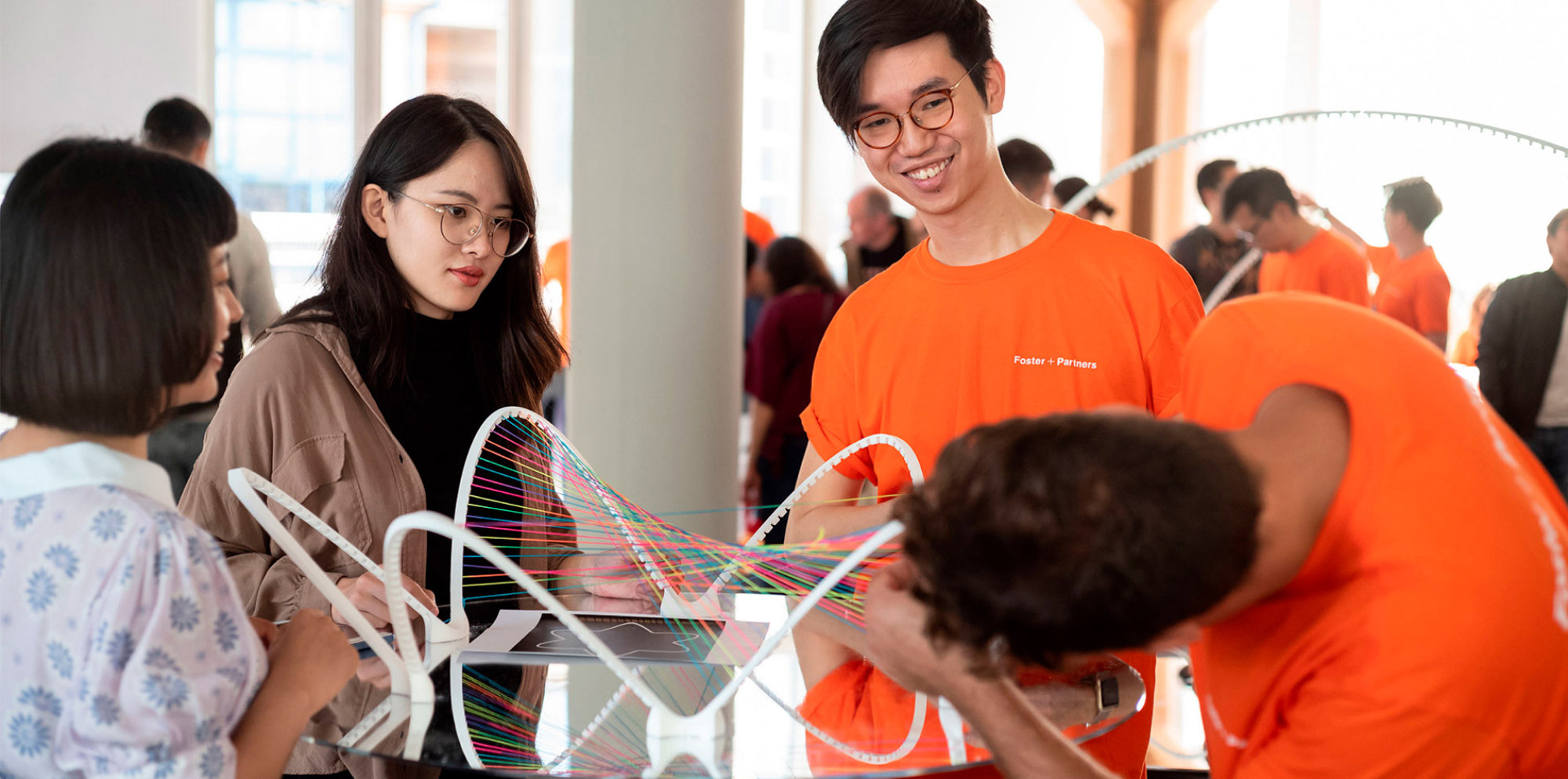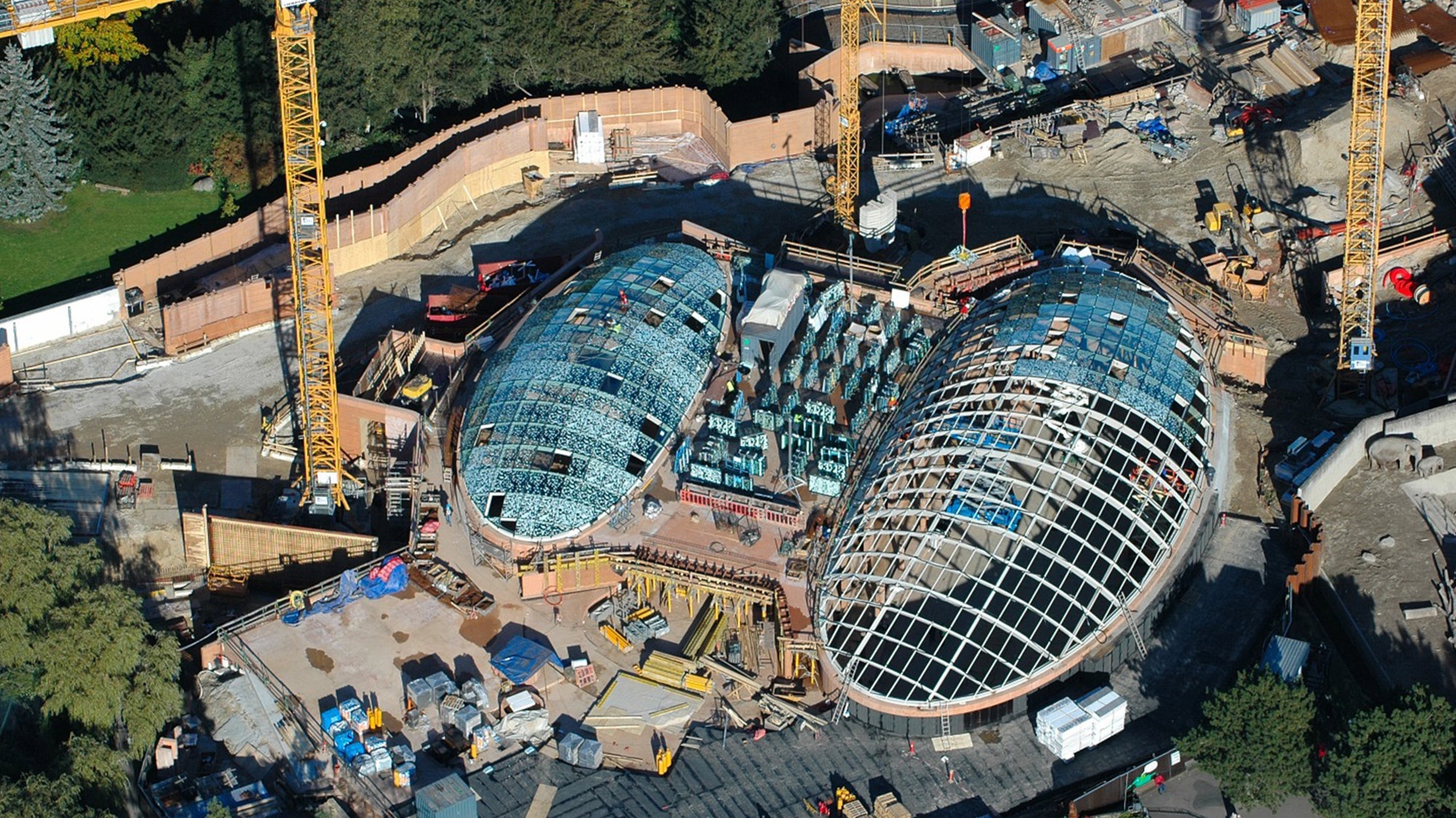Foster and Partners first zoological building the new Elephant House at Copenhagen Zoo - marked its groundbreaking today in an official ceremony attended by the His Royal Highness the Prince Consort of Denmark. The event incorporated burying a time capsule with Lord Fosters signed sketches, which will serve as a unique reminder of the project for future generations.
Copenhagen Zoo is the most visited cultural institution in Denmark, attracting over 1.2 million visitors a year and is set within an historic royal park, adjacent to the Fredriksberg Palace. The Elephant House sets new standards in zoological design, providing the animals with a stimulating environment that recreates aspects of their former Asian habitat. Locked within the natural topography of the site, the enclosures are designed to maximise natural light while providing thermal insulation. The carefully considered landscape, designed by Stig L. Andersson, seeks to reinforce the relationship between the zoo and the adjacent royal park and provides the public with more accessible viewing and educational facilities.
Replacing a structure dating from 1914, the new Elephant House brings a sense of light and openness to a building type traditionally characterised as closed. The project has been driven by research into the behavioural patterns of elephants - the tendency for bull elephants in the wild to roam away from the main herd prompted a plan organised around two separate enclosures. Covered with lightweight, glazed domes to provide natural light, the spaces maintain a strong visual connection with the sky and changing patterns of daylight. The varying levels on the site provided the opportunity to literally bury the enclosures into the ground, ensuring excellent insulation on the perimeter walls and a real fusion with the landscape. In addition, the glazed domes have opening windows to allow natural ventilation and there is a heat recovery system further enhancing the environmental efficiency of the scheme.
Broad public viewing terraces give a splendid view over the herd paddock. From the entrance square you enter the foyer and are lead by ramps down into an educational space, with views into the enclosures along the way. Barriers between the animals and visitors are discreet, and the paddock walls are sunken and concealed in an elongated pool of water so that the approaching visitor encounters the elephants as another surprise in the Romantic landscape of the park.
New standards have been set in terms of the elephants well-being. The main herd enclosure will, for the first time, enable elephants in captivity to spend the night together, as they would in the wild. The building is a warm terracotta concrete structure and the golden yellow beach-like sand that naturally existed on the site has been recycled to create the paddocks. The colours and textures convey a sense of the dry riverbed as found at the edge of the rainforest - a favourite haunt of Asian elephants. With mud holes, scattered pools of water and shading objects, the new Elephant House will be a place where the animals can play and interact naturally.
